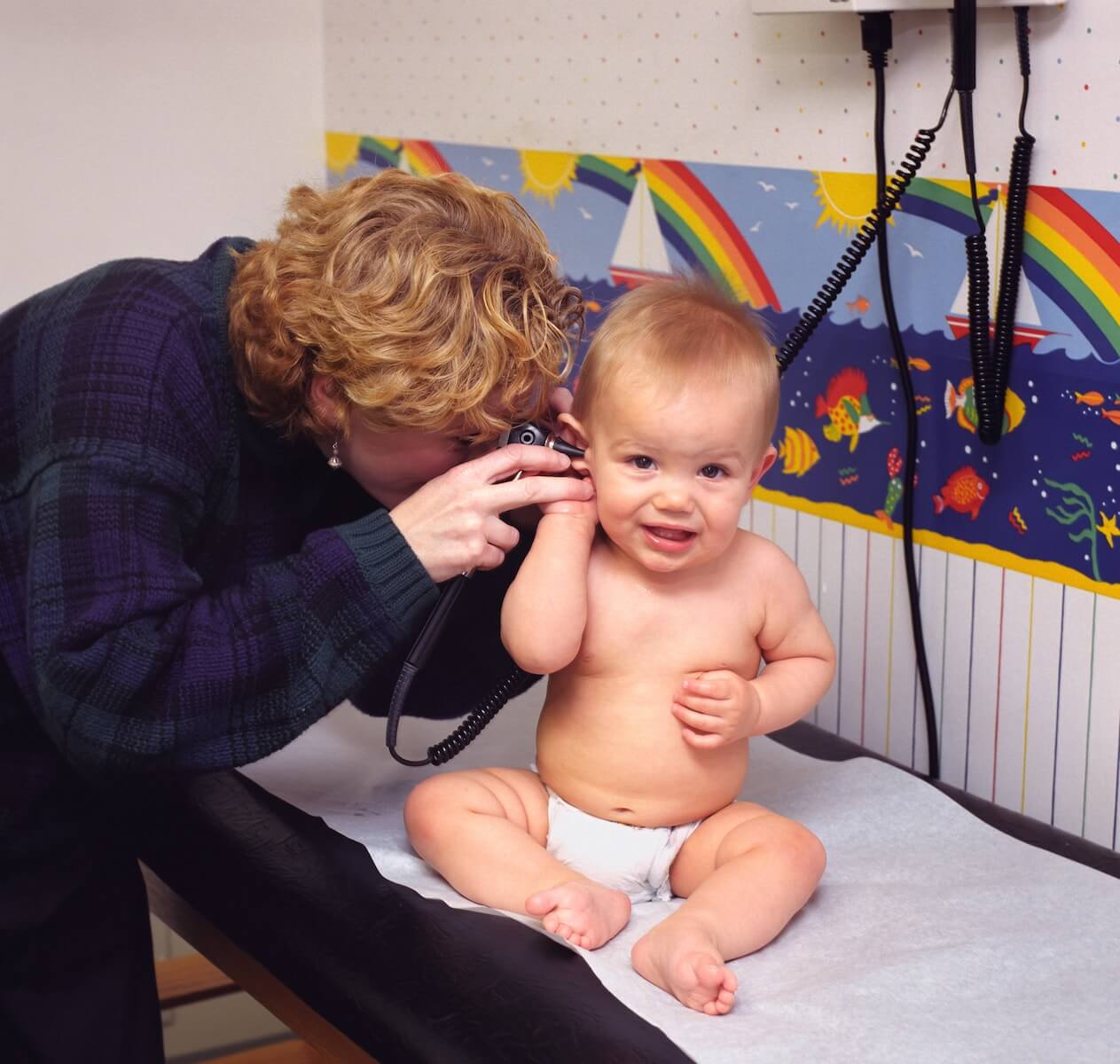SAN FRANCISCO — It’s always an exciting time for kids when back-to-school season comes around. With youngsters going back to school, however, it also means it’s that time of year for ear infections. Although pediatricians commonly treat these infections with antibiotics, not all children complete the recommended dosage, increasing the risk of antibiotic resistance. Now, there’s promising “drug-free” news on the horizon. Researchers have recently introduced a single-use nanoscale system derived from a bleach-like compound that efficiently combats a type of bacteria that causes ear infections.
At the recent fall meeting of the American Chemical Society (ACS), Cornell University researchers presented their findings, which might have the potential to reduce reliance on antibiotics.
“We initially conceived of this idea by looking at the household cleaner bleach,” says Dr. Rong Yang, the study’s principal investigator, in a media release. “Even though it has been used since the 19th century, bacteria do not appear to have developed any widespread resistance to this cleaner.”
Dr. Yang advises against using regular bleach as a remedy since store-bought solutions are too concentrated and caustic.
However, in controlled and extremely low concentrations, the active ingredient in bleach can be compatible with living tissue. Recognizing the potential of this ingredient to bypass antibiotic resistance, the Cornell University team focused on one of childhood’s most frequent illnesses: acute ear infections. This condition affects over 95 percent of American children.
While antibiotics, taken for five to 10 days, are the usual course of treatment, they can have side-effects. This leads some families to halt medication early, especially if symptoms seem to improve, consequently fast-tracking antibiotic resistance. This resistance is fast becoming one of the world’s most pressing health concerns, as highlighted by the World Health Organization.

Hypochloric acid from bleach is a type of hypohalous acid. These acids are especially potent against bacteria because of the multiple ways they can damage microbial cells.
To deploy this solution, Dr. Yang and her team aimed to generate hypobromous acid — a chemical relative of bleach — directly where ear infections manifest: behind the eardrum in the middle ear. Inspired by an enzyme in giant kelp, which transforms hydrogen peroxide (H2O2) into hypobromous acid, researchers created nanowires made of vanadium pentoxide (V2O5). These nanowires produce the acid in the presence of H2O2-producing bacteria, and their unique shape ensures they remain in the targeted area.
One of the primary culprits behind ear infections is the bacterium Streptococcus pneumoniae. Using chinchillas, which can contract similar ear infections as humans, the researchers observed that most of the S. pneumoniae was eradicated using this technique. Tests also showed that the treatment didn’t hinder hearing.
The initial method involved direct injection into the middle ear. However, recent advancements have allowed for a more user-friendly approach: a gel infused with nanowires that can be applied directly into the ear canal. This innovative delivery method ensures that the nanowires pass through the eardrum tissue effectively. The researchers are now working to optimize this method and expand its efficacy to other bacteria causing ear infections.
While the duration of the nanowires’ stay in the ear post-infection remains uncertain, there’s a possibility they could remain longer to fend off recurring infections in children.
“If the bacteria return, the system could restart, so children wouldn’t need antibiotics repeatedly and breed more resistance along the way,” says Dr. Yang.

